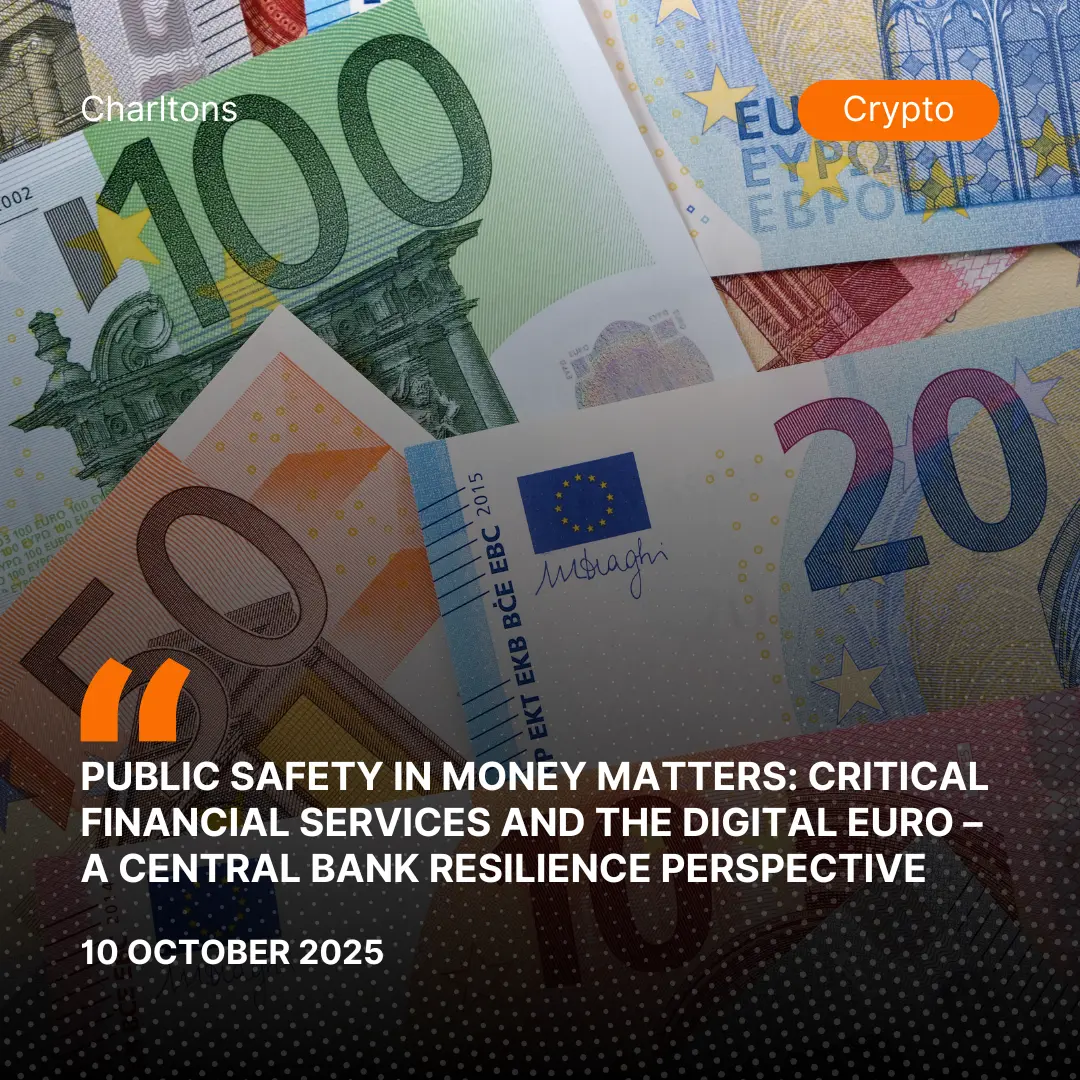
On 7 October 2025, Latvijas Banka released an insightful statement titled “Public Safety in Money Matters: Critical Financial Services and the Digital Euro,” authored by Modern Payments Expert Reinis Vecbaštiks. The piece examines how payment systems—once taken for granted—become a focal point of public safety and national security during crises. Against the backdrop of geopolitical conflict, climate disruptions, and energy shortages, the central bank reaffirms its long-term policy of ensuring payment resilience through a dual focus on physical and digital continuity. The narrative also connects this operational mandate to the European Central Bank’s digital euro initiative, framing it as a natural evolution toward “resilience-by-design” monetary infrastructure. The article outlines Latvia’s strategic approach to safeguarding access to money and payments during emergencies. It describes how the central bank, together with major commercial banks (AS Swedbank, AS SEB banka, AS Citadele banka, and Luminor Bank AS), maintains “critical financial services” capable of functioning even when communication or power networks fail. The initiatives include a strengthened ATM network with priority cash replenishment, the rollout of offline card payments for essential goods, and the development of backup digital systems. These efforts are complemented by broader European initiatives to design the digital euro as a sovereign, secure, and offline-capable means of payment that remains accessible even if individual banks or private infrastructures fail.
Compliance and Regulatory Requirements
The measures described align with the European Union’s emphasis on financial stability, operational continuity, and consumer protection under stress conditions. By explicitly connecting national-level payment resilience to the Eurosystem’s broader digital currency architecture, the statement reinforces that payment accessibility is now a core component of public safety policy. The proposed design of the digital euro i.e. offline functionality, multi-provider accessibility, and centralised storage within the Eurosystem, embodies compliance-by-design principles consistent with the ECB’s 2023 and 2024 policy papers on digital money.
This also fits into the EU’s Operational Resilience Regulation (DORA) and the Revised Payment Services Directive (PSD3), which prioritise redundancy and real-time contingency planning across the payments ecosystem. Latvijas Banka’s approach can therefore be read as a practical national extension of these supranational mandates, embedding crisis-readiness into both institutional and retail-level payment structures.
Resilience Framework and Crisis Logic
The central argument is that resilience cannot rely on a single instrument i.e. neither cash alone nor digital alone. Instead, the Latvian framework promotes layered redundancy:
- Physical continuity through power-secured ATMs and maintained cash reserves.
- Digital fallback via offline card payments for essential transactions.
- Systemic evolution toward the digital euro as a permanent, central-bank-issued fail-safe mechanism.
This three-tier model ensures that individuals retain the ability to access funds and execute payments regardless of the nature of disruption, be it cyberattack, energy shortage, or conflict.
The reference to Near Field Communication (NFC) as an enabler of digital euro offline payments is a shift from dependency on continuous internet or card insertion mechanisms toward localised, peer-to-peer transaction authentication. Under the Eurosystem design, digital euro wallets stored on smart devices or cards would interact directly without third-party network reliance, ensuring continuity during systemic outages. This represents a major compliance development for payment providers, who must adapt infrastructure and cybersecurity frameworks to align with ECB’s resilience-by-design doctrine.





